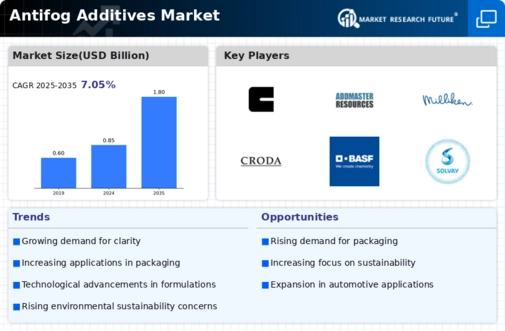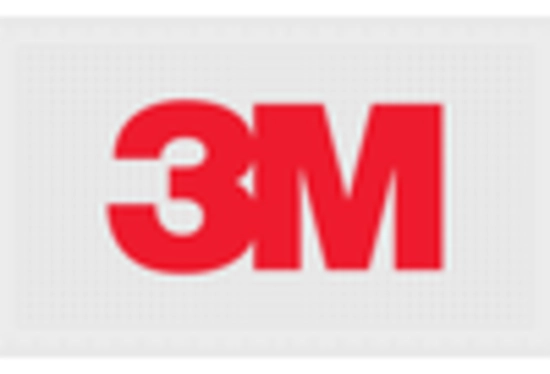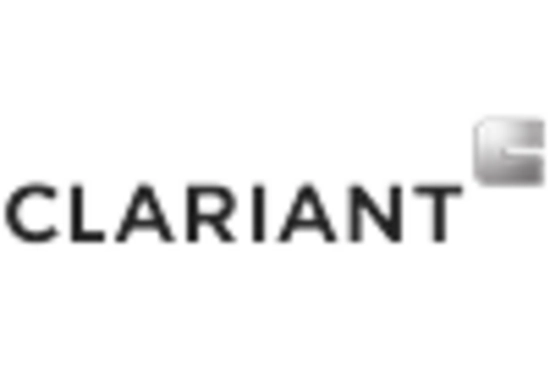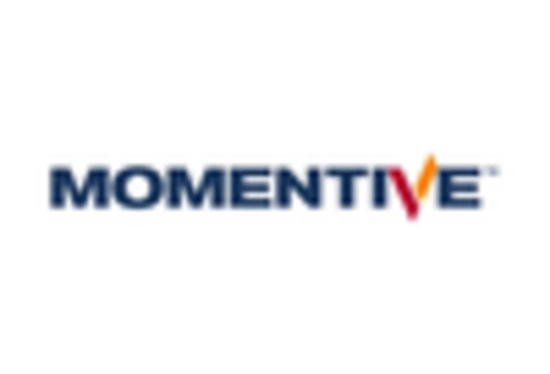Market Trends
Key Emerging Trends in the Antifog Additives Market
The antifog additives market is experiencing significant trends and developments that are influencing its growth trajectory:
Growing Demand from Food Packaging Industry: There is a rising demand for antifog additives in the food packaging industry, driven by the need to prevent fogging or condensation on packaging films and containers. Antifog additives are used in food packaging materials such as plastic films, trays, and containers to improve visibility and maintain the visual appeal of packaged food products. With the increasing demand for packaged food products and ready-to-eat meals, the demand for antifog additives in the food packaging industry is on the rise.
Expansion of Agricultural and Horticultural Films Market: Antifog additives are widely used in agricultural and horticultural films to prevent fogging and improve light transmission, thereby enhancing crop growth and yield. Agricultural films such as greenhouse films, mulch films, and tunnel films require antifog additives to maintain clear visibility and optimize light transmission for photosynthesis. The expanding agricultural and horticultural sectors, driven by population growth, urbanization, and increasing demand for food security, are driving the demand for antifog additives in agricultural and horticultural films.
Preference for Sustainable and Eco-Friendly Additives: There is a growing emphasis on using sustainable and eco-friendly antifog additives in packaging materials to minimize environmental impact and meet sustainability goals. Manufacturers are developing antifog additives derived from renewable sources such as bio-based polymers, plant extracts, and recycled materials to address environmental concerns and regulatory pressures. The shift towards sustainable and eco-friendly additives is driven by increasing consumer awareness and demand for environmentally friendly packaging solutions.
Technological Advancements in Additive Formulations: Technological advancements in additive formulations have led to the development of advanced antifog additives with improved performance characteristics. Advanced additives such as fluorinated surfactants, silicone-based polymers, and hydrophilic nanoparticles are used to enhance the antifog properties and durability of packaging materials. These technological advancements enable manufacturers to develop antifog additives that offer superior performance and long-lasting antifog properties, driving innovation in the antifog additives market.
Regulatory Compliance and Food Safety Standards: Compliance with regulatory requirements and adherence to food safety standards are essential considerations in the antifog additives market, particularly for food packaging applications. Antifog additives used in food packaging materials must comply with regulatory standards for food contact materials set by authorities such as the Food and Drug Administration (FDA) and the European Food Safety Authority (EFSA). Adherence to regulatory compliance and food safety standards ensures the safety and legality of antifog additives in food packaging applications.
Focus on Convenience and Shelf Appeal: In addition to preventing fogging, antifog additives also contribute to the convenience and shelf appeal of packaged products. Clear visibility of packaged food products enhances consumer experience and promotes product sales. Antifog additives enable manufacturers to produce packaging materials with clear, fog-free surfaces that showcase the quality and freshness of packaged products, enhancing their shelf appeal and consumer acceptance.
Growing Demand for Antifog Additives in Automotive and Optical Films: Antifog additives are also used in non-packaging applications such as automotive films, optical films, and anti-reflective coatings to prevent fogging and improve visibility. Automotive films such as automotive glass and headlamp covers require antifog additives to maintain clear visibility and ensure driver safety. Optical films such as eyeglass lenses and camera lenses benefit from antifog additives to prevent fogging and maintain optical clarity.
Expansion of Pharmaceutical and Healthcare Films Market: The pharmaceutical and healthcare industries are emerging markets for antifog additives, particularly in the production of pharmaceutical packaging films and medical device coatings. Antifog additives are used in pharmaceutical packaging films such as blister packs, pouches, and sachets to prevent fogging and maintain product visibility and integrity. Medical device coatings such as surgical masks, goggles, and respirators require antifog additives to prevent fogging and ensure clear visibility during use.

















Leave a Comment